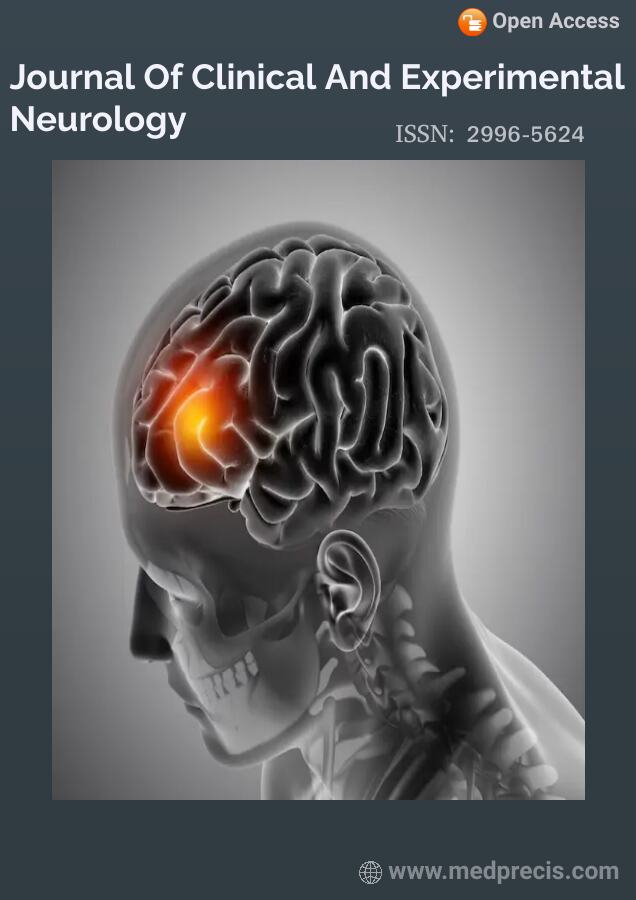Exploring the Impact of Family Risk Factors on Adolescent Attitudes Towards Substance Use: The Role of Social Problem-Solving Skills as a Mediator
Monireh Parsian and Somayeh Kamali EagliAbstract :
ABSTRACT
Background: Substance use among adolescents is a global concern, necessitating comprehensive examination. While previous studies have identified family and individual factors as influencers, the mediating role of social problem-solving skills remains underexplored. This research aims to predict adolescent attitudes towards substance use based on familial risk factors, mediated by social problem-solving skills, to formulate a comprehensive model elucidating substance use tendencies.
Methods: This descriptive, correlational study surveyed students across educational levels in Ghaemshahr (n=378) using Cochran’s formula. Questionnaires covering parenting styles, Bamrind parenting styles, addiction attitudes, social problem-solving skills, and socioeconomic status were administered. Path analysis was employed, with model adequacy assessed using various statistical indicators.
Findings: Family socioeconomic status demonstrated a significant positive direct relationship (trajectory coefficient 2.35) with adolescent attitudes towards substance use. Adaptive problem-solving skills exhibited a positive but non-meaningful direct relationship (path coefficient 1.33), while maladaptive problem-solving skills demonstrated a significant negative relationship (path coefficient -0.27). Parenting styles displayed a significant negative direct relationship (trajectory coefficient -2.19) with adolescent attitudes towards substance use.
Conclusion: Parenting styles, maladaptive social problem-solving skills, and attitudes towards addiction significantly influence adolescent attitudes towards substance use, highlighting the complexity of familial risk factors. However, adaptive problem-solving skills did not significantly impact substance use attitudes. Understanding these dynamics is crucial for intervention design and preventive strategies.
Keywords: Attitude, Educational risk factors, Family risk factors, Model design.

